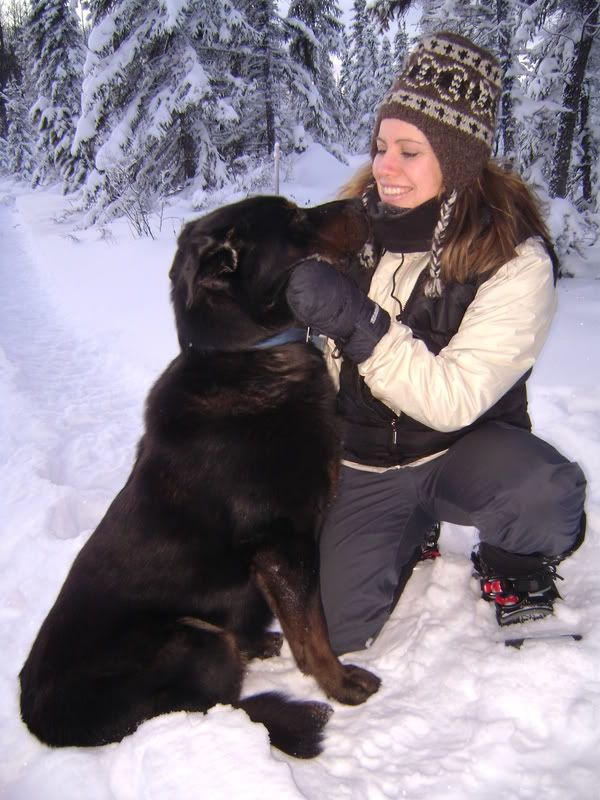THE TWO WOLVES emerged like specters from the tree line and crossed a field of snow. From that moment, and even after everything that followed, no one disputed their penetrating beauty. Silver on white.
Two men watched them approach. The men?a pilot named Todd Svarckopf and an aviation worker named Chris Van Galder?worked at Points North Landing, an outpost that serves local mining camps in Saskatchewan province, about 750 miles north of the U.S. border. On this particular day in November 2005 a low cloud ceiling prevented aerial surveys for signs of uranium, so the bored men had struck out, walking toward a nearby junkyard to kill a few hours looking at a collection of abandoned airplanes.
They had crossed the camp's snow-covered airstrip and started across the moss-sprung landscape when the wolves appeared. One darker, one lighter. The darker one approached Svarckopf. He yelled at it, and it retreated a few steps.
"Whatever we do," the pilot told Van Galder, standing nearby, "we don't turn and run."
Since they stood just a few hundred yards from the camp, the men tried to back away toward safety. As they did, though, the wolves grew more aggressive: The light gray one approached Svarckopf, and he turned to face it; when he did, the dark wolf moved on Van Galder, the smaller man. He shouted at the animal, but the wolf held its ground, squatting on its haunches almost within arm's reach. Van Galder called to Svarckopf, who turned toward his friend. When Svarckopf took his eyes off the light wolf, it ran at him.
Svarckopf quickly grabbed two stout spruce branches from the ground and brandished them at the wolves. Prodding and swinging, the men inched back toward the camp. The wolves, pressing forward, held eye contact and swished their lowered tails, as though stalking prey. It was a disturbing sight, and yet the men did have one statistic on their side: In more than a hundred years, only one human death in North America had even been tentatively linked to an attack by nonrabid wolves in the wild.
After about a quarter hour?an eternity, it seemed, with the wolves snarling and snapping their teeth?Svarckopf and Van Galder made it back to the camp's airstrip, where the animals broke off the hunt and returned to the woods. Moments later, in the safety of the dreary mess hall, the breathless men related their story to the miners. Van Galder had brought a camera for the walk to the airplane junkyard, and he had managed to snap a few pictures of the wolves at the camp's edge. He showed them to his colleagues.
The photographs impressed one young man in particular. Kenton Carnegie, a shy 22-year-old geological engineering student at the University of Waterloo, had flown to Points North Landing for a temporary work-study job with Svarckopf and Van Galder. He loved animals to the point of becoming a vegetarian, and the story of the encounter with the wolves intrigued him. Soon afterward he called his mother, Lori, back in Oshawa, the Toronto suburb where he had grown up.
"Oh, yeah, it's a really neat place," he told her about Points North Landing. "There's not a lot to do up here, but some of our guys saw some wolves."
A few days later, after the excitement had subsided and as the snow continued to ground flights, Carnegie told his colleagues he felt stir-crazy. He said he planned to take a walk along the lake, the way many of the miners did to stave off boredom between shifts.
"I'll be back for supper," he said.
.../cont/...






